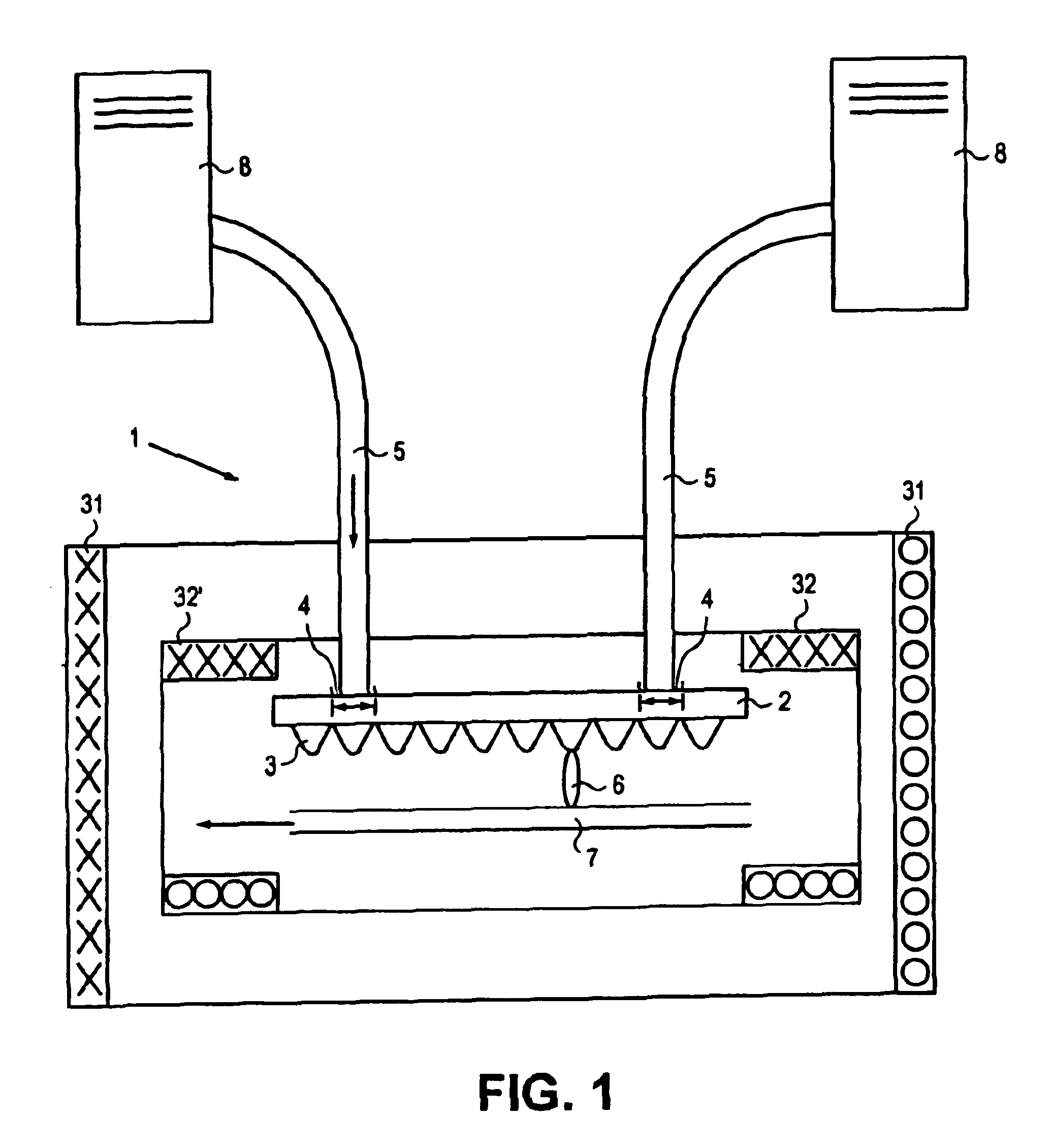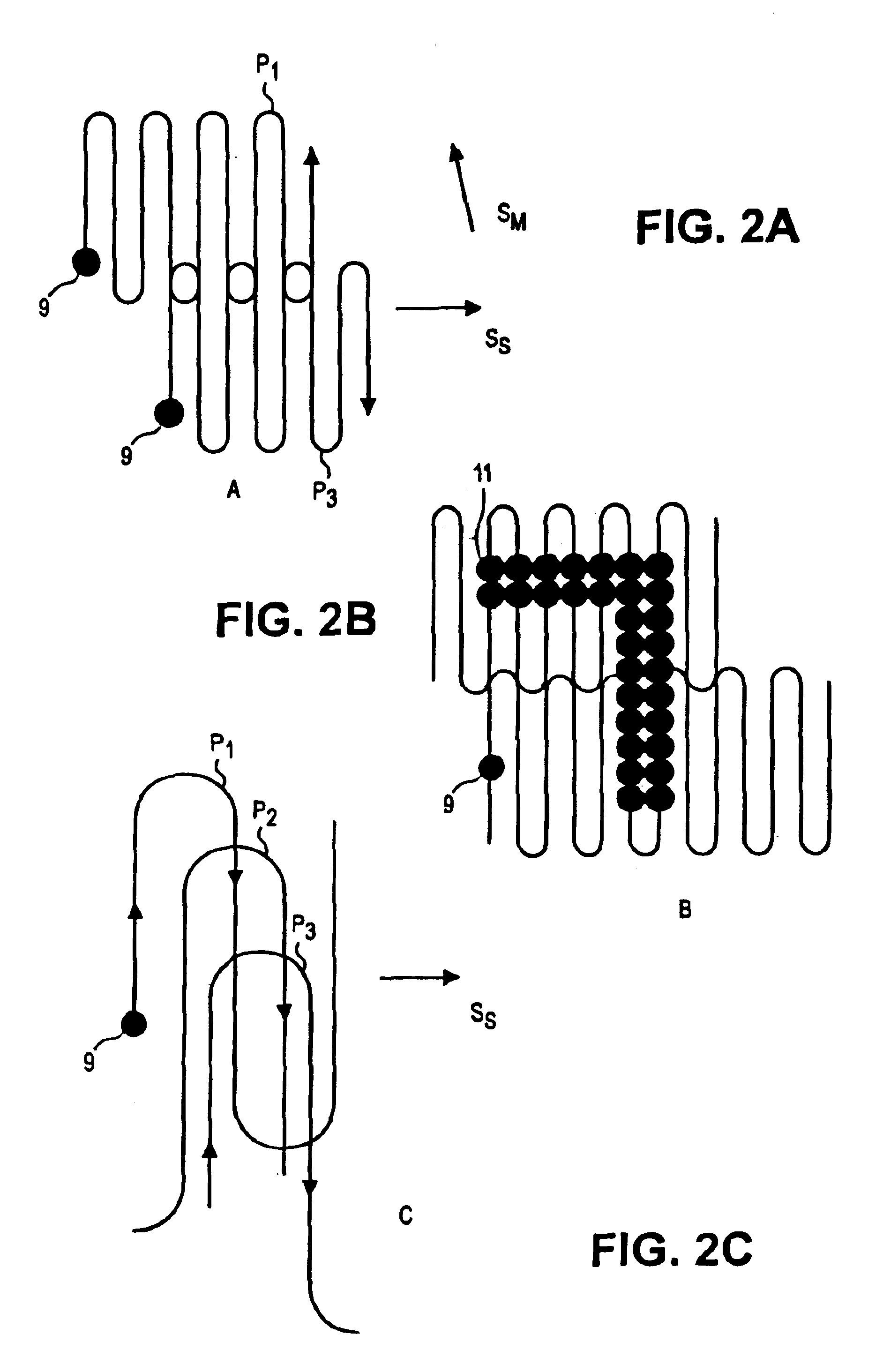Direct write lithography system
a lithography system and write-in technology, applied in the field of write-in lithography systems, can solve the problems of system drawbacks, very difficult to produce masks, and very slow system using raster scanning methods, and achieve the effect of easy production
- Summary
- Abstract
- Description
- Claims
- Application Information
AI Technical Summary
Benefits of technology
Problems solved by technology
Method used
Image
Examples
Embodiment Construction
[0039]FIG. 1 shows a direct write or mask-leas lithography system 1. The system comprises converter plate 2, for instance a field emission array, in an embodiment for instance a semiconductor field emission array. Such a field emission array comprises a two-dimensional array of cathodes 3. In case the field emission array is a semiconductor field emission array, the cathodes are tips or needles of semiconductor material, like silicon tips. An example of a usable field emission array is described in PCT / NL00 / 00657 and PCT / NL00 / 00658. Each tip is capable of emitting an electron beamlet 6. Each tip has an activation area 4 on the side of the field emission array opposite to the cathodes 3. This activation area 4 is much wider than the electron beamlet 6: usually, the activation area 4 is about 2 microns wide, and the cross section of an electron beamlet is less than 100 nm, and can even be as small as 10 nm. Each electron beamlet 6 is projected onto a substrate 7, usually a semiconduct...
PUM
| Property | Measurement | Unit |
|---|---|---|
| Angle | aaaaa | aaaaa |
| Angle | aaaaa | aaaaa |
| Angle | aaaaa | aaaaa |
Abstract
Description
Claims
Application Information
 Login to View More
Login to View More - R&D
- Intellectual Property
- Life Sciences
- Materials
- Tech Scout
- Unparalleled Data Quality
- Higher Quality Content
- 60% Fewer Hallucinations
Browse by: Latest US Patents, China's latest patents, Technical Efficacy Thesaurus, Application Domain, Technology Topic, Popular Technical Reports.
© 2025 PatSnap. All rights reserved.Legal|Privacy policy|Modern Slavery Act Transparency Statement|Sitemap|About US| Contact US: help@patsnap.com



